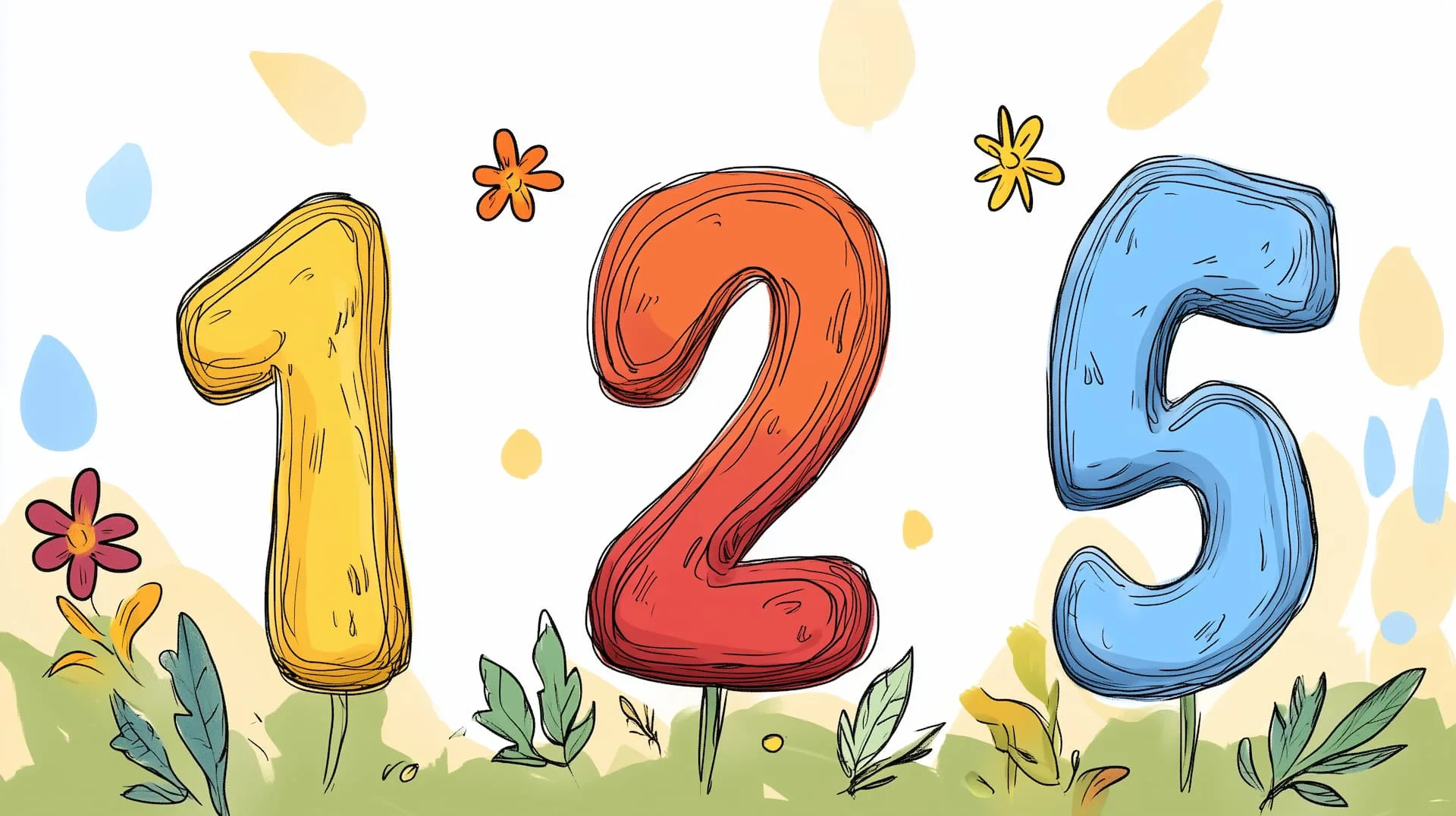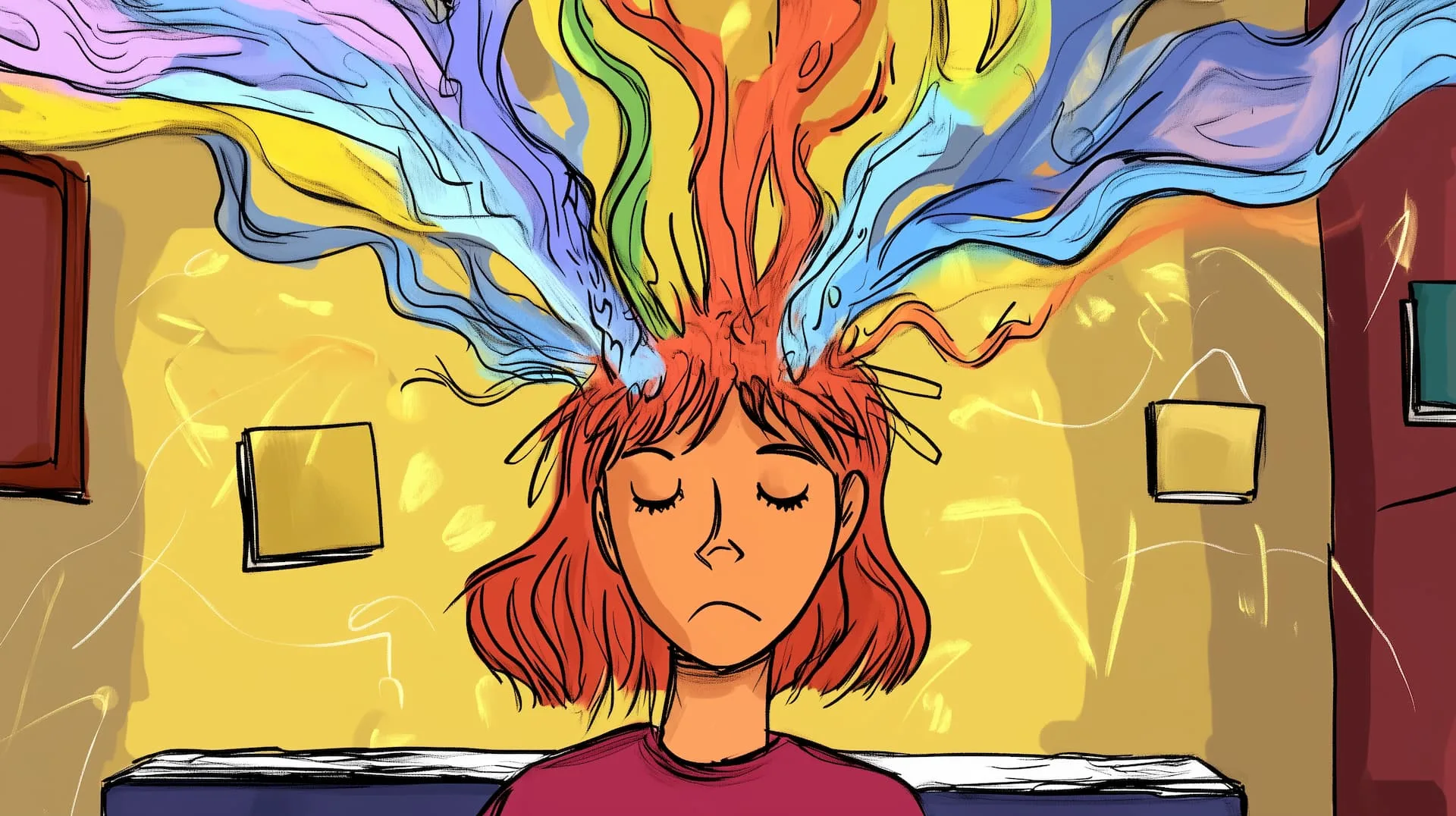
Figuring out how to become a tarot reader can take time, not necessarily with the education, but with the idea of honing your intuition skills and learning how cards work. Becoming a reader isn’t something to take too lightly, as there’s a lot of effort and constant learning involved.
Curious how to become a tarot reader? Let’s explore the steps needed to become a professional and what you actually need to succeed.
Things to Be Prepared for
There are certain things you need to be prepared for before taking this venture. Unless you plan to stick to your own readings only, chances are you’ll also have friends and strangers seeking tarot guidance, especially if you become good at it.
It’s important to understand that most people seek tarot help when they face chaos. They’re in a moment of transition. They face a challenge. In other words, they could be sensitive but also vulnerable.
Furthermore, get ready to deal with people who are nervous, especially if they’ve never been through such a reading before. Every person is different. Some people will pour their emotions out. Others won’t prefer too much interaction throughout the reading, so expect anything.
Based on the questions or struggles they deal with, some people could get emotional. Some may start crying. On top of all that, as you gain experience and your intuition gets better, you’ll notice that people take your words very seriously, meaning you need to pick your words carefully.
Now, to learn how to become a tarot reader, you probably know already that you’ll need the following:
- Research tarot decks and pick something suitable.
- Find a guide to understand card meanings and interpretations.
- Learn some basic tarot spreads as you gain experience.
These are the things that everyone tells you about. What people don’t tell you is the insight, so let’s find out the extras that can make you a good tarot reader.
Open Up to Interpretation
To be effective, you need to ask questions the right way. While there are also yes and no readings you can try out, the information you need is mainly for guidance. Don’t make it too complicated. For example, ask what you should know right now and let cards give you some answers.
Opening yourself up to cards isn’t everything because your mind is just as important. The overall idea is to find a different perspective in order to see things clearly. That’s why you have to trust your intuition or, better said, your personal wisdom.
There are four elements in tarot, but numerology is just as useful. No matter which way you go with your interpretations, it’s important to adjust them to your personal perspective.
Each card you draw will make sense, but on an intrinsic stage rather than straight away.
The Setting Is Important
Like for any other experience in life, you want your tarot reading to be perfect and give you the answers you are looking for. In this case, the setting is just as important because it relates directly to your mood. Therefore, make sure your surroundings contribute to it.
Many old fashioned readers recommend having some sort of a ritual, but that’s not mandatory. If you do get one, find something that works for you. Maybe you should take a walk in a park to clear your mind. Perhaps you’re into meditation, that will help as well.
Doing what feels right for you means you’re opening up to the energy. Candles, sage, whatever works for you.
The physical space isn’t everything, as you also need to use your mind and set some intentions. Your mind has to be clear, and intentions and questions should kick in while you’re shuffling cards. It’s like putting a message in the universe.
Panic Can Kick in
Learning how to become a tarot reader can make you panic at times, mainly because of the things you see or interpret. What you need to remember here is the fact that tarot isn’t necessarily predictive. It won’t tell you about a misfortune, that’s only a myth.
Basically, cards tend to predict things that you actually have control over. They won’t predict death because you have no control over it.
However, some cards may look scary, indeed, causing newbies to panic. The Death card, for example! The good news is it doesn’t indicate physical death. Instead, it’s about a change. It’s about transformation. You can seek further guidance and figure out the best way to deal with this change, too.
Given this meaning, the Death card is a favorite for many professional tarot readers. It’s not about death but about the fear of change. And from this point of view, once you get out of that comfort zone, you’ll be able to grow.
Death can also be seen as a loss. It’s hard to become bigger or stronger without losing something in the process, so it could also indicate the loss of something to find something else that’s better.
Tarot offers guidance, simple as that, so there are no reasons to panic whatsoever. Even if you draw a series of cards with negative connotations, they may also indicate something positive.
How you use the tarot and these readings will make the difference. You can use tarot cards to seek guidance and make good decisions, but you can also see it the wrong way and misinterpret it.
Based on all these, many readers agree that there are no actual bad cards in the tarot deck.
Handle with the skeptical or critical clients
Dealing with skeptical or critical clients in tarot reading can indeed be a challenge. These clients might approach your sessions with doubt or even a bit of rudeness.
In such situations, you need to maintain confidence and trust your intuitive abilities. Approach each session with a calm mind and offer practical, insightful advice that directly addresses their concerns.
By staying grounded and genuine, you can gradually build trust and help them see the benefits of the insights you offer. Remember, your confidence and clarity can often transform skepticism into curiosity, paving the way for more meaningful interactions.





